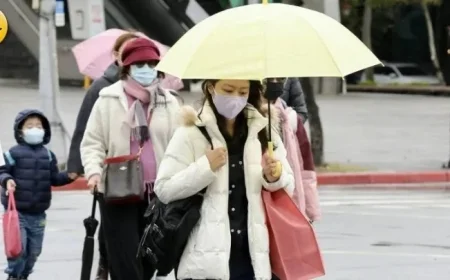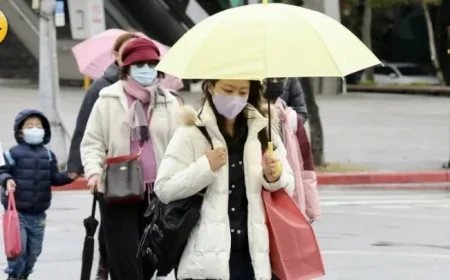Lithuanian Border Closure Strands 2K Trucks in Belarus – Association Reports

Over 2,000 trucks are currently stranded in Belarus following a border closure by Lithuania. This drastic decision was made amid recent airspace violations involving balloons carrying illegal goods. The Lithuanian Road Carriers’ Association reported the situation, highlighting the ramifications for thousands of drivers.
Lithuania Closes Border with Belarus
On Friday, Lithuania halted its last two border crossings with Belarus until November 30. This move was triggered by incidents last week involving balloons that entered Lithuania’s airspace, prompting airport closures in Vilnius and Kaunas. As a result, numerous flights were disrupted, impacting thousands of travelers.
Impact on Logistics and Trade
According to Oleg Tarasov, vice president of Linava, the closure has turned the situation into a crisis for logistic operations. He emphasized that all Lithuanian vehicles have been confiscated by Belarusian authorities, and Lithuanian goods are essentially being held hostage. The estimated loss from this disruption is projected to reach approximately 18 million euros each month.
- Assets Stranded: An estimated 60 million euros worth of assets are currently stuck in Belarus.
- Employment: Lithuania’s logistics sector supports around 54,000 drivers and operates 56,000 trucks.
Wider Security Concerns
This border closure is not an isolated incident. Other crossings between Lithuania and Belarus were previously shut down due to heightened security concerns, particularly following Russia’s invasion of Ukraine. Neighboring Poland also temporarily closed its border with Belarus during military exercises hosted by Minsk, limiting cross-border traffic.
The Lithuanian government has faced criticism for a lack of communication regarding the border closure, particularly concerning how it affects cross-border freight transport. As the situation evolves, the implications for the regional logistics sector remain significant, requiring careful monitoring and potential reassessment of trade routes.






























